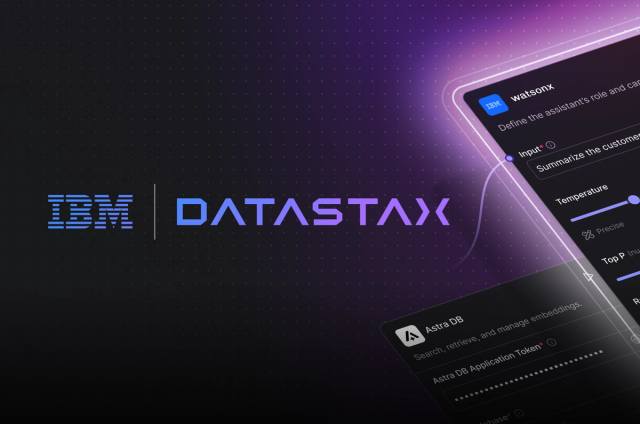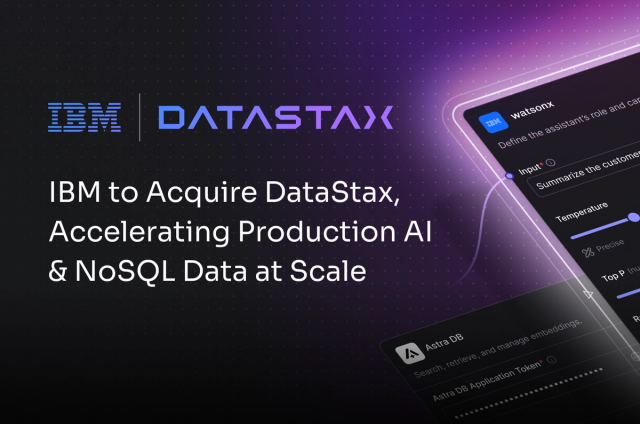Premji Invest is an evergreen fund formed to support the Azim Premji Foundation - founded by Azim Premji, the former chairman of Wipro, one of the largest IT services consultancies. Premji Invest deploys a “crossover format” (it invests in both private and public companies) across the technology, healthcare, consumer, and FinTech landscapes; it has backed market leaders including Outreach, Sysdig, Heyday, Anaplan, Coupa, Moderna, Carta, Flipkart, Looker (acquired by Google), and DataStax, among others. Premji Invest-US managing partner, Sandesh Patnam, established Premji Invest’s US presence in 2014 in Menlo Park, Calif.. We recently spoke with Sandesh to learn more about the firm’s investment strategy and it’s excitement about the database market.
What’s Premji Invest’s investment strategy?
We deploy a direct crossover investment strategy with roughly an equal split between mid-to-late stage growth equity and public equities. Our evergreen structure informs and supports our long-term duration investment approach: we think in five- to 15-year horizons. While many investors view an IPO as a potential point of exit, we see the opposite. We’ve often participated meaningfully in the IPO events of standout members of our private portfolio and continued our partnership well beyond going public. We have a team in India and a team in the US, which I set up about 8-and-a-half years ago. We’re active investors and look to partner with the founders and management teams that are on a mission to create enduring companies.
What qualities do you look for in investments?
We want to invest in companies that thrive in the public markets. On the flip side, our public portfolio in many ways reflects our private practice conviction. We have deep private and public practices that operate under one hood, so it’s through this continuity that we understand the durability of a business model, pricing, quarterly cadence, value creation, and the rigor of a team. All of these metrics are easier said than accomplished, but they’re a clear proxy for quality.
We also want to see significant product-market fit. I usually use the term “wild market fit.” Lots of companies can spend lots of dollars and get a “push-based” model, but that can generate false positives. We want to see significant market “pull.” That requires some level of codification of the go-to-market strategy and process. Lots of companies have heroic sellers or unique customers—but still fail after lots of misspent dollars.
Why invest in the database market?
We’ve all heard software is going to eat the world. But more importantly, I’d say that AI [artificial intelligence] and ML [machine learning] are going to eat software. There are lots of companies that build software that are often fairly basic workflow tools. For software to be actionable, data is at the center of all of it. If you think of the way the world is headed with AI and ML, how is that going to get more intelligent? What is the basis of ML? In these cases, the most important aspect is: can you organize your data and can you learn from it and piece together information in real-time that can take real action on that data?
There’s a second element that we look for: with the speed and volume at which we are accreting data, can it be stored in an efficient way? If so, your AI and ML can get better over time, so that all software should be predictive in some way.
Why is the database market more interesting today than ever before?
The need for real-time information. Ecommerce, ad spend, and real-time events that happen once need to be moderated. If you don't have the right instrumentation and analytics, provided on a real-time basis, you’re going to fall behind.
Think about the companies that have taken share and disrupted industries; think of all the things Amazon has done and Netflix has done—all of the things that the tech challengers have done to existing businesses. They all stem from the fact that they were able to instrument their business much more so than others.
At Amazon, the office of CFO is, in many ways, more like the office of the CRO [chief revenue officer]. Amazon can instrument its business at the SKU level. Think about toothpaste with a particular flavor that's sold in the Northeast. Amazon can tell you what the profit contribution is, what the cycle of buying is, who the potential buyer is, what the supply chain logistics look like. You start breaking that down at the SKU level, and that enables the promotion of certain products in certain geographies, and enables you to make specific contribution margin decisions, and make near-perfect promotions.
When you think about how that’s even possible, then you start understanding the power of AWS. But you also understand that underneath AWS is the power of a very dynamic, highly distributed database. The relevance of the right data model and the right database and the impact it has on businesses is much more pronounced today. You can say that data is destiny, but I’d add that the right database is destiny – it really impacts the business model in a very profound way.
What attracted you to DataStax?
We first invested in DataStax in 2014, but I had spent lots of time looking at database technologies even before that. I initially invested in ParAccel; the company didn’t amass scale itself but the technology was eventually bought by Amazon and became Amazon Redshift, one of the largest distributed SQL databases in the world.
When it first appeared, DataStax had a few qualities I was looking for. For one, it was fully distributed. Secondly, the type of data in the world was moving from structured to unstructured, so the traditional SQL, schema-based models didn’t make so much sense; NoSQL was the way to go. Third, you wanted performance characteristics that allowed a mixed workload that was transactional in nature, so you couldn’t have a data warehouse, with relatively slow write speeds.
These things resonated deeply with me, but the most important thing was that it was open-source technology. We saw very broad adoption across multiple customers. It was a good sign of the push versus pull model I talked about earlier.
DataStax made a few strategic decisions a while ago that put us at odds with the broader technology and market trends. For one, its engineering focus was directed toward solving the most difficult technical issue while not paying as much attention to ease of use from a developer adoption perspective. Apache Cassandra®, while incredibly powerful, didn't have a particularly easy user interface. In hindsight, that was a misstep.
Then we moved away from our open source roots and distanced ourselves from Cassandra, which took away the tailwinds generated from ground-up developer engagement. We developed a more heavy, Oracle-like go-to-market process. Smaller customers didn't get the attention and it felt like we just ceded that part of the market.
Finally, we didn’t fully embrace the advent of microservices, a polyglot world where multiple databases can exist.
What changed?
I’ve known [DataStax Chairman and CEO] Chet Kapoor for a long time. I was an investor in Apigee back when we recruited Chet to run that company, and saw first hand what Chet was able to accomplish. Chet transformed the business, scaled it, took the company public before it was acquired by Google. Bringing Chet in has a lot to do with what has changed with DataStax.
What’s interesting to me about DataStax today: the majority of the new leadership team aren’t database people. They aren’t going to fixate on a specific feature. Instead, they worry about how databases are used.
They are also re-embracing open source and developers, working to take the complexity out, taking DataStax Enterprise and making it available both as a managed service alongside how people traditionally used it. They introduced Astra DB, the fully managed service. Then there’s all the things happening with Apache Pulsar and real-time data platforms, and the recognition that the data universe is polyglot.
These kinds of perspectives can only come from a microservices background, like this leadership team has. It really informs the product roadmap. That has been the shift in mentality that enabled DataStax to make decisions that couldn’t have been made prior. That’s what convinced us to double down on DataStax. We think it enables DS to become an enduring company.










